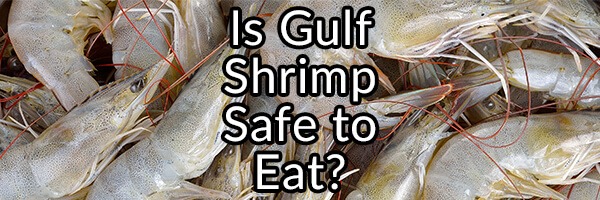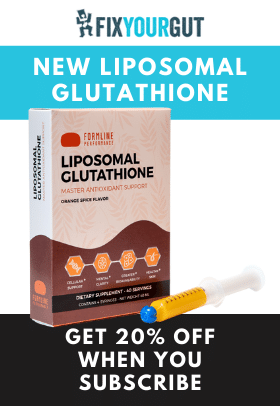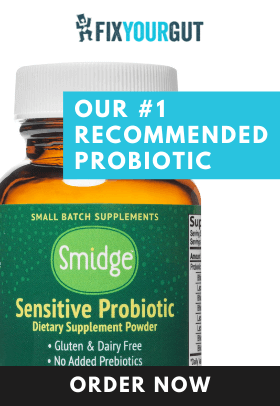A study was recently published that claims shrimp from the Gulf of Mexico is now safe to eat! Finally, I can go back to eating shrimp! But was the conclusion of the study based on sound science?
The study surveyed 115 Vietnamese-Americans that were part of the local New Orleans fishing community. The researchers asked them in a survey about their local shrimp eating habits and their weights. The researchers also performed a local analysis of shrimp.
The sample size studied was very small and was only studied using a limited questionnaire. They did not even study if the population had an increase of cancer or birth issues by requesting permission to look at their medical records. Instead, they base their risk based off their ingestion of shrimp and the amounts of polycyclic aromatic hydrocarbons theoretically they consumed.
The first method of testing the shrimp for contamination was by using the modern, state of the art, scientific analysis of using their sense of smell to determine if it was safe. You read that statement right, smelling the shrimp to see if it has a strong odor of petroleum.
Now luckily, if the shrimp did not smell like petroleum, the researchers still tested batches of it for PAH’s which pose a health risk if consumed in great amounts. Polycyclic aromatic hydrocarbons, are molecules that are produced from burning fossil fuels, tobacco, and grilled meats. PAH’s are mutagenic and highly carcinogenic. Even though grilled foods contain PAH’s, the amount you ingest is very low. You can reduce the amounts formed on grilled foods by using herbed rubs that are made from high antioxidant capacity herbs including rosemary. Too bad you cannot put rosemary on the shrimp you eat to reduce that amount of PAH’s you would consume eating it, they have already been formed and bioaccumulated in the shrimp. 1 2
PAH’s are believed to be according to the study, the primary concern of gulf seafood contamination from the oil spill. Most of the measured levels of PAH’s were within normal range in the shrimp (except two 1-methylNaphthalene and 1-methylPhenanthre,) therefore it should be safe to eat, right?
If PAH’s were the only chemicals that the shrimp could be exposed to from the oil spill, then yes, limited ingestion of gulf shrimp might be safe if repeated studies were done with shrimp caught in different regions in the gulf. Some PAHs granted were formed when some of the oil and gas burned during and after the Deepwater Horizon accident occurred. This burning of the oil would have formed a majority of the PAH’s that occurred from the disaster. But there is currently a lot of oil left in the gulf after the disaster, and it is still there contaminating the water with different hazardous chemicals. PAH’s might have been greatly elevated in water samples after the disaster, in certain areas of the gulf, but now their levels would be lowered, and the shrimp caught now would have lower levels of it as well.
The tons of Corexit, that was sprayed on top of the oil to help disperse the spill is highly toxic and would also bioaccumulate in the gulf shrimp. 3 In some ways Corexit toxicity is more concerning than the oil itself, and has been linked to some of the seafood in the Gulf having grave deformities when harvested. Was Corexit’s bioaccumulation tested in the shrimp? 4 No, it was not.
So the researchers only studied one class of toxic chemicals, and then deemed it safe to eat because they were at mostly normal levels. They also only studied the tail meat of the shrimp, which granted is the part most consumed. 5
Yeah, I would not eat Gulf shrimp currently, and either should you.
- http://www.atsdr.cdc.gov/toxfaqs/tf.asp?id=121&tid=25 ↩
- http://www.eatingwell.com/nutrition_health/nutrition_news_information/does_grilling_cause_cancer ↩
- http://www.csmonitor.com/USA/2010/0515/In-Gulf-oil-spill-how-helpful-or-damaging-are-dispersants ↩
- http://www.huffingtonpost.com/2013/04/25/corexit-bp-oil-dispersant_n_3157080.html ↩
- http://www.marksdailyapple.com/a-quick-guide-to-shrimp/#axzz3HT5ZuSwY ↩







I’m not asking about the oil spill, but about the filth that the Mississippi is dumping into the gulf, creating a 100 squaew mile dead zone. That seems to be even worse than the oil spill.
They should not be allowed to sell shrimp from the Gulf, knowing that it is not safe and can cause grave illnesses!
Typical cover up ,
The BP Gulf OIL SPILL was & IS a SIN aganst Nature ,GOD, & Man & there should’ve been much more MASSIVE fines AND PRISON sentences handed out to everyone from TOP BP management , Obama, & EPA officials who signed off on how this whole mess was handled , right on down the line of BP management & supervisors having ANY influence on this disaster ,